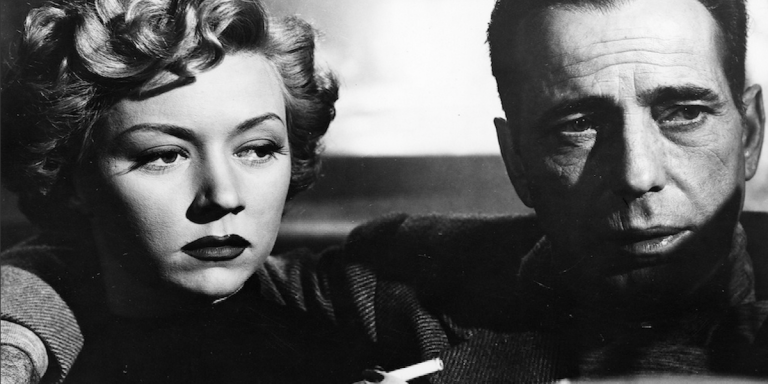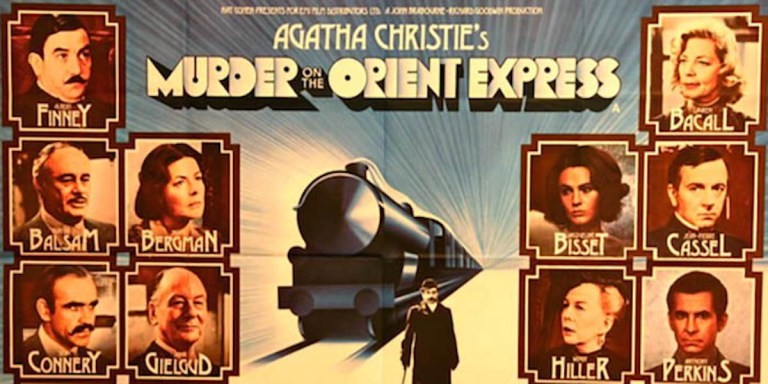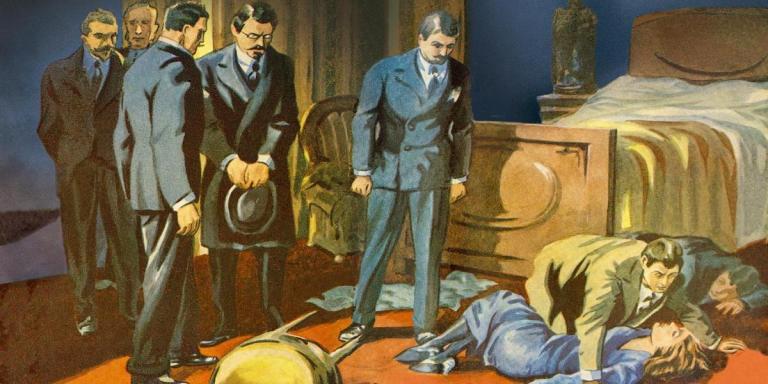The Mysterious Affair at Styles and the Inception of Hercule Poirot
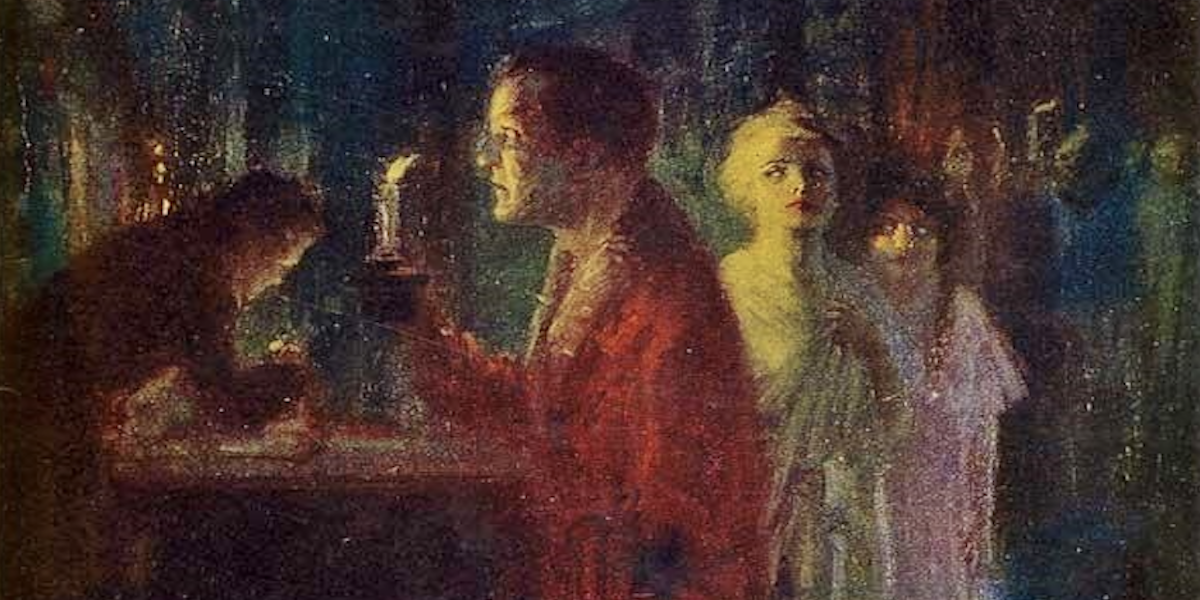
In our culture, there is a lot of importance placed on “firsts.” From the moment you draw your first (yep) breath, your life is measured in firsts: your first smile, your first word, your first toy, your first day of school. And as we grow, it doesn’t stop, continuing through our teens into our adult years. Everyone remembers their moments. These experiences in our childhood and formative years are important, because they help shape our interests, and ultimately, who we become.
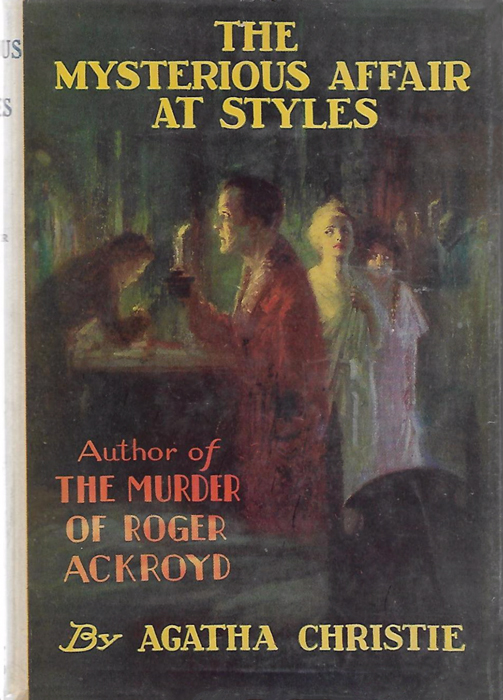 The opposite, however, can be said about art. It is who we are that influences what we create. A first painting, a first song, a first book: these are all cultivated from our brains, which have been informed by our interests and surroundings. Now take Agatha Christie, for instance. She’s one of the world’s most successful writers in history. There have been over two billion copies of Agatha Christie books printed in over 100 languages. Her books have sold more copies than any others except the works of Shakespeare and the Bible. So since she is such a beloved, prolific author, it is fascinating to do a deep dive into the beginning of Christie’s career: The first book in the Hercule Poirot series, The Mysterious Affair at Styles. Let’s look back at where it all started…
The opposite, however, can be said about art. It is who we are that influences what we create. A first painting, a first song, a first book: these are all cultivated from our brains, which have been informed by our interests and surroundings. Now take Agatha Christie, for instance. She’s one of the world’s most successful writers in history. There have been over two billion copies of Agatha Christie books printed in over 100 languages. Her books have sold more copies than any others except the works of Shakespeare and the Bible. So since she is such a beloved, prolific author, it is fascinating to do a deep dive into the beginning of Christie’s career: The first book in the Hercule Poirot series, The Mysterious Affair at Styles. Let’s look back at where it all started…
Agatha Christie, by her own account, had a happy childhood. She was born Agatha Mary Clarissa Miller to a wealthy upper-middle-class family in Torquay, Devon in 1890, and was the youngest of the Miller’s three children. Her mother insisted she be homeschooled, despite her brother and sister attending boarding school, so Christie learned a lot of what she knew on her own, including how to read at the age of four.
It was this insatiable curiosity that later served her well when it came to writing mysteries. When she was eighteen, she began writing. She wrote short stories and novels but was unsuccessful at finding a publisher, receiving several rejections. Then came the First (there’s that word again) World War. While her (first) husband, Archie, was off in France fighting, Christie signed on as a member of the Voluntary Aid Detachment of the Red Cross. She worked in the dispensaries, which provided her with time to familiarize herself with various medicines and poisons.
Christie was a big fan of detective novels, such as The Woman in White and the works of Sherlock Holmes.  Combining her love of mysteries with her newfound knowledge of poison, and drawing inspiration from Belgian refugees living in Torquay and the Belgian soldiers she helped to treat while working as a volunteer nurse, led to the birth of Hercule Poirot and his first mystery in 1916.
Combining her love of mysteries with her newfound knowledge of poison, and drawing inspiration from Belgian refugees living in Torquay and the Belgian soldiers she helped to treat while working as a volunteer nurse, led to the birth of Hercule Poirot and his first mystery in 1916.
In Poirot, Christie wanted to create her own Sherlock Holmes-type detective. His name was a combination of two other fictional detectives of the time: Marie Belloc Lowndes’s Hercule Popeau and Frank Howel Evans’s Monsieur Poiret. She was looking to follow the Sherlock formula, with an “eccentric detective, stooge assistant, with a Lestrade-type Scotland Yard detective, Inspector Japp.”
Hercule Poirot was a retired, middle-aged Belgian policeman who sought refuge in England during the Great War. Because of his brilliant mind—his “little grey cells” as he calls it—and his powers of observation and deduction, he makes quite a name for himself as a detective. He is vain and fastidious in his appearance, with overly groomed and oiled hair and moustaches, which he also dyes. He can be compassionate and clever, but he often also brusque and rude, and it is believed he suffers from OCD. By 1930, Christie had tired of Poirot, calling him “insufferable” and once referring to him as a “detestable, bombastic, tiresome, ego-centric little creep.” But she continued to include him in her mysteries, because she knew how he was the character the public adored the most.
In Poirot’s first book, The Mysterious Affair at Styles, we learn that Poirot has recently fled Belgium because of the war, and with the help of Emily Inglethorp, the elderly owner of Style Court, he has settled into the small village of Styles St Mary. Arthur Hastings, a soldier on sick leave, is staying with Inglethorp, and he retrieves Poirot one morning when Inglethorp is found dead from poisoning, because Hastings knows Poirot is clever and was a decorated policeman when he was in Belgium. And so begins Poirot’s first case. He is also the narrator the novel.
Hastings later figures heavily in Poirot’s adventures as an assistant, comic relief, and sometimes punching bag. Another prevalent Christie character in this novel is Inspector Japp, who in later novels is promoted to Chief Inspector Japp. (Fun fact: In the movie Thirteen at Dinner, Japp is played by David Suchet, who a few years later would inhabit the role of Poirot for over thirty years for the Agatha Christie’s Poirot series.)
With the help of his two friends, Hastings and Japp, Poirot is able to uncover just who it was that gave Emily Inglethorp a fatal dose of strychnine. The Mysterious Affair at Styles sets the tone for all the Poirot novels to come: murders committed in quaint settings, often to cover up a secret, and resolved at the end with Poirot making his discovery to a group of people. It was actually revisions requested by Christie’s editor that inspired her to change the ending of The Mysterious Affair at Styles, where Poirot invites all the suspects into a room to announce the killer or killers, leading to one of the most famous tropes in mysteries: the big reveal.
The novel is intense without being nasty or violent. There’s very little blood, sex, or bad language, making it one of the earliest examples of a cozy mystery. It also is a bit less realistic than other Christie novels, asking readers to believe that someone could wear a wig made of yarn and not have anyone suspect it. (This may actually be a nod to Doyle’s A Study in Scarlet, when someone where’s a wig and impersonates an old woman and not even the great Sherlock Holmes suspects it.)
Small quibbles aside, The Mysterious Affair at Styles is an excellent book. It launched Agatha Christie and Hercule Poirot into the literary limelight. Both the author and the character’s influence on modern mysteries is undeniable, and it is why Christie very purposefully returned Poirot to Styles Court for his final case (and final appearance) in Curtain. If Christie had never read Wilkie Collins or Arthur Conan Doyle, or spent time in the dispensary, or met Belgian soldiers in her town, would the world still have been gifted Hercule Poirot?
Thankfully, it’s one mystery we never need solved.
By clicking 'Sign Up,' I acknowledge that I have read and agree to Hachette Book Group’s Privacy Policy and Terms of Use
What to Read Next
Liberty Hardy is a Book Riot senior contributing editor, co-host of All the Books, and above all else, a ravenous reader. She resides in Maine with husband her three cats. She knows a lot about Agatha Christie.
